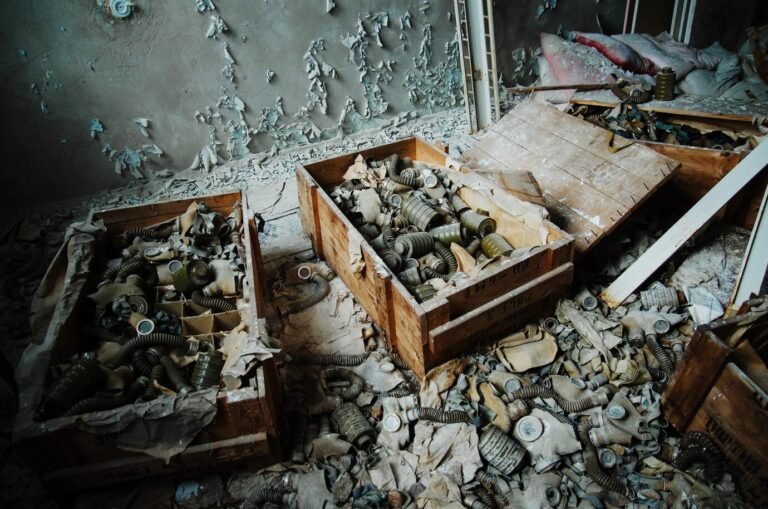Water damage is one of the most common and devastating problems homeowners face. From burst pipes to natural disasters, the consequences of water intrusion can lead to significant structural damage and health hazards, including mold growth. This article delves into the critical importance of timely water damage restoration Englewood CO, exploring the steps involved and the connection between water damage, mold remediation, and even asbestos testing.
What Causes Water Damage?
Understanding the causes of water damage can help homeowners take preventative measures. Here are some common sources:
• Burst Pipes: Frozen pipes can burst, leading to significant leaks.
• Roof Leaks: A compromised roof can allow rainwater to infiltrate.
• Flooding: Heavy rains or flash floods can overwhelm drainage systems.
• Appliance Malfunctions: Washing machines, dishwashers, and water heaters can leak or malfunction.
Recognizing these potential hazards can help you act quickly to mitigate damage.
Why Is Timely Water Damage Restoration Essential?
1. Prevent Structural Damage
Water can weaken the structural integrity of your home. Prolonged exposure to moisture can lead to:
• Rotting Wood: Wood beams, floors, and support structures can decay.
• Foundation Issues: Excess water can erode the foundation, leading to serious problems.
By acting promptly, you can minimize the risk of extensive structural damage, saving both time and money on repairs.
2. Avoid Mold Growth
Mold thrives in damp environments, and even a small amount of water can lead to significant mold growth within 24-48 hours. Mold remediation is essential not only for aesthetic reasons but also for health concerns. Mold spores can trigger allergies, respiratory issues, and other health problems.
Tips for Preventing Mold Growth:
• Dry Wet Areas: Use fans and dehumidifiers to dry wet spaces quickly.
• Remove Damaged Materials: Discard water-damaged materials, such as carpeting and drywall, that can’t be adequately dried.
• Inspect Regularly: Keep an eye out for signs of mold growth, especially in hidden areas like basements and attics.
3. Protect Your Family’s Health
Beyond structural issues, standing water can pose severe health risks. Water damage can introduce harmful bacteria and pathogens into your home. If the water source is contaminated (such as floodwaters), the risks multiply.
Asbestos Testing: Why It Matters
If your home was built before the 1980s, it may contain asbestos materials. When water damage occurs, these materials can become disturbed, releasing asbestos fibers into the air.
Here’s why you should consider asbestos testing after a water damage incident:
• Health Risks: Inhalation of asbestos fibers can lead to serious respiratory illnesses.
• Legal Compliance: Many regions require homeowners to have an asbestos inspection before renovation or major repairs.
4. Insurance Claims
Prompt action in water damage restoration can also streamline the process of filing an insurance claim. Most insurance policies require timely reporting of damage. Delays can complicate your claim or even lead to denial. Document the damage with photographs, keep receipts for repairs, and contact your insurance provider as soon as possible.
The Water Damage Restoration Process
Understanding the water damage restoration process can help homeowners know what to expect. Here are the essential steps involved:
1. Assessment
A professional water damage restoration service will assess the extent of the damage. This includes:
• Identifying the Water Source: Determining how the water entered your home.
• Evaluating Damage: Inspecting affected areas to understand the severity.
2. Water Removal
Using powerful pumps and vacuums, restoration experts will remove standing water. Timely removal is critical to prevent further damage and mold growth.
3. Drying and Dehumidification
After water removal, specialized equipment will dry out affected materials, such as carpets, walls, and furniture. Dehumidifiers are crucial to control humidity levels and prevent mold.
4. Cleaning and Sanitizing
Cleaning involves removing debris and sanitizing affected areas. This step is vital for health and safety.
5. Restoration
The final step involves restoring the affected areas to their pre-damage condition. This may include repairs, drywall replacement, and insulation replacement.
Why Choose Professional Help for Water Damage Restoration?
While some homeowners may attempt DIY repairs, hiring a professional service offers several advantages:
• Expertise: Professionals have the knowledge and experience to handle complex water damage issues effectively.
• Advanced Equipment: They use specialized tools and techniques that are more effective than typical household methods.
• Mold Prevention: Professionals can quickly address mold remediation, significantly reducing health risks.
Conclusion
Water damage restoration is a critical process that requires immediate attention. Delaying action can lead to severe structural damage, mold growth, and health risks. Remember the importance of asbestos testing if your home was built before the 1980s, especially when dealing with water damage. By understanding the restoration process and the risks involved, homeowners can take proactive steps to safeguard their homes and families. If you experience water damage, don’t hesitate—contact a professional restoration service to address the issue quickly and effectively. Your home’s safety and your family’s health depend on it. fire damage restoration Englewood CO











+ There are no comments
Add yours